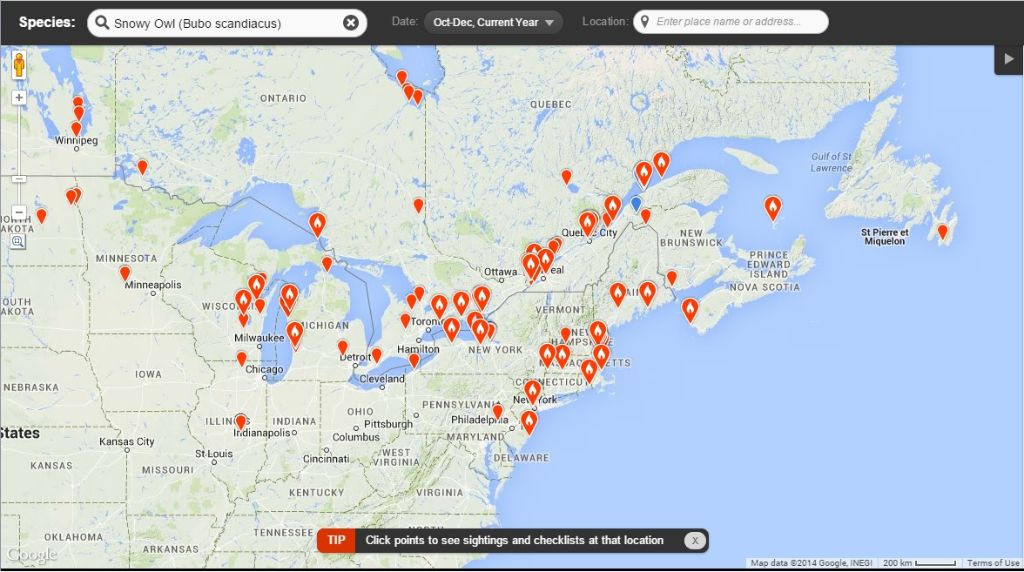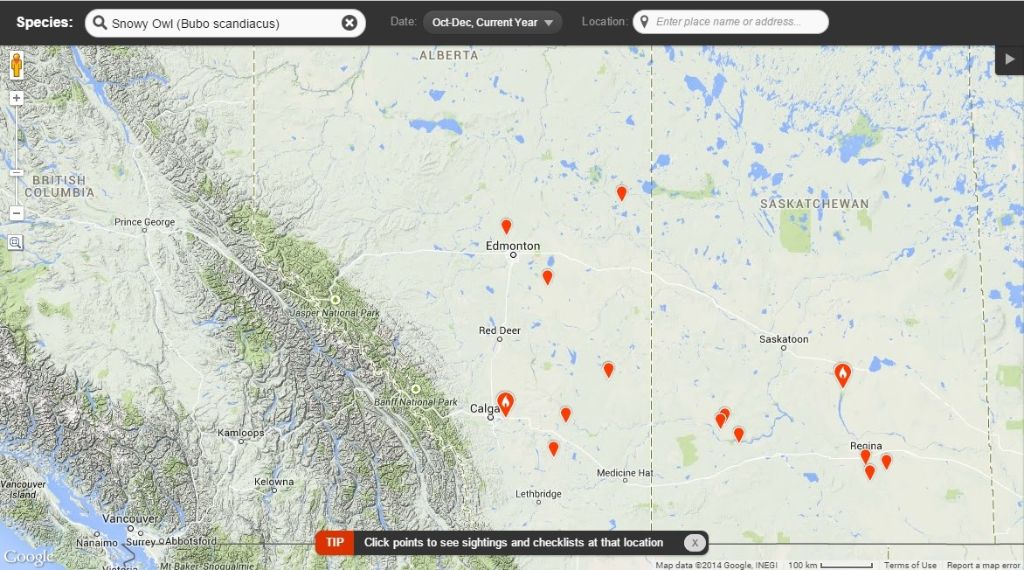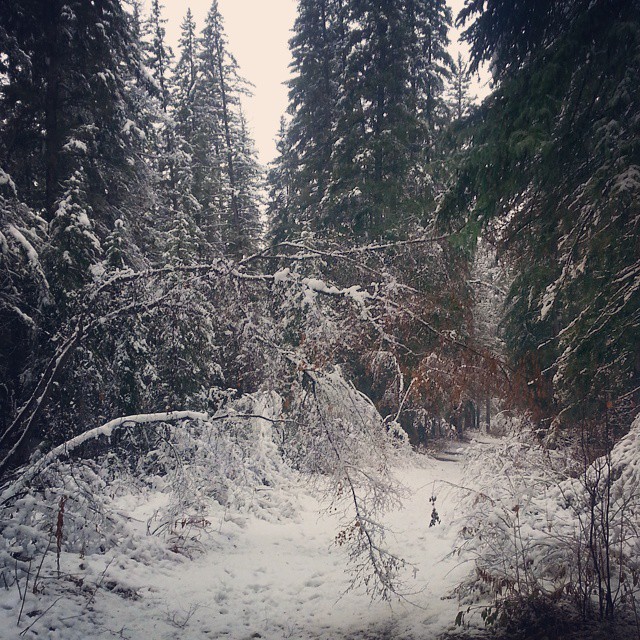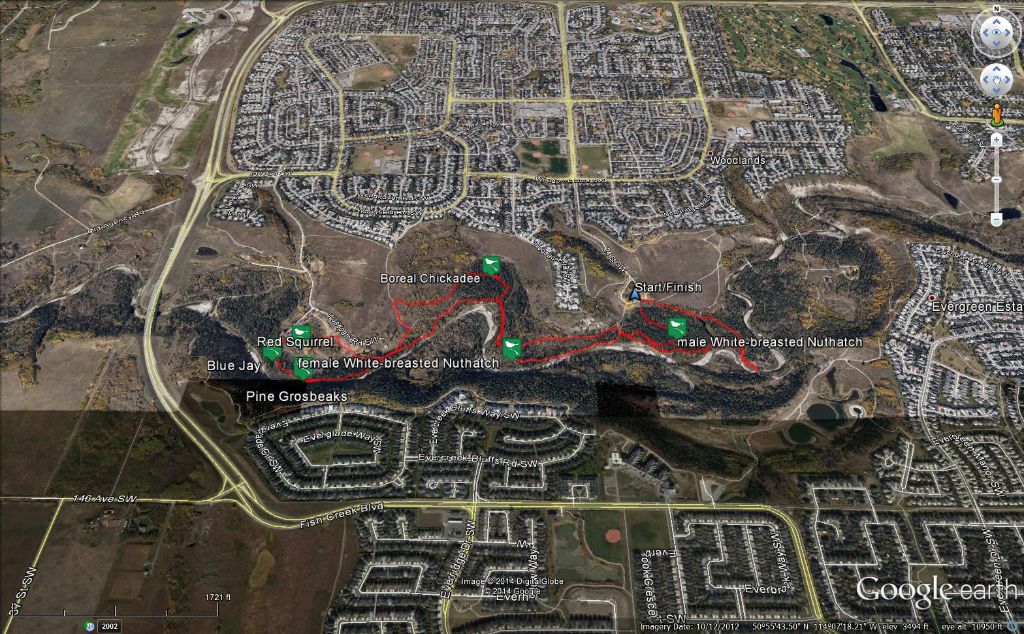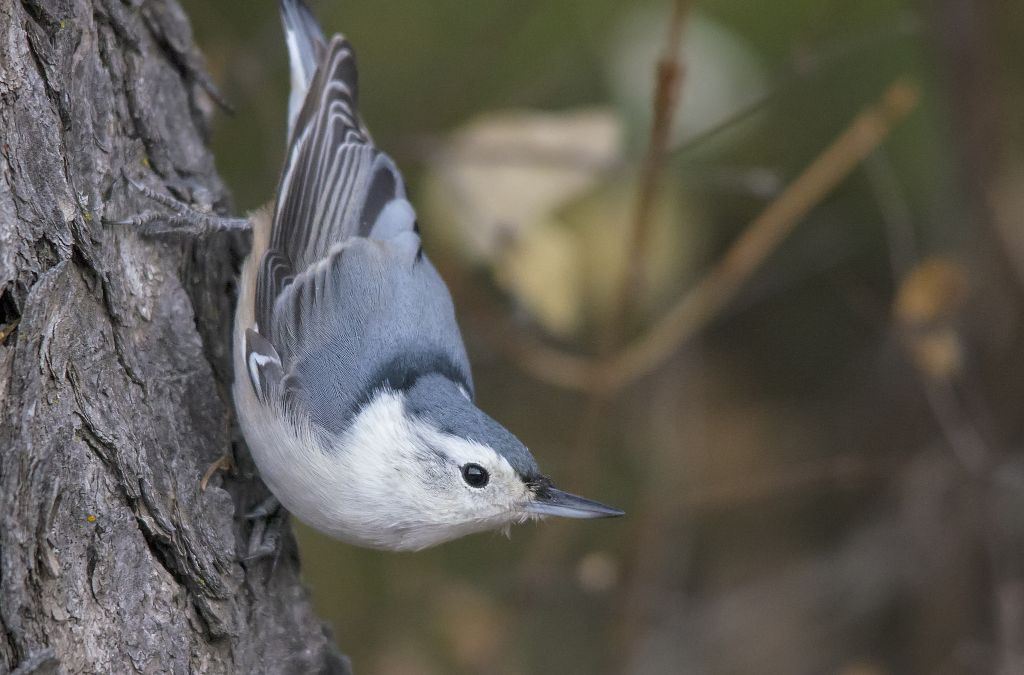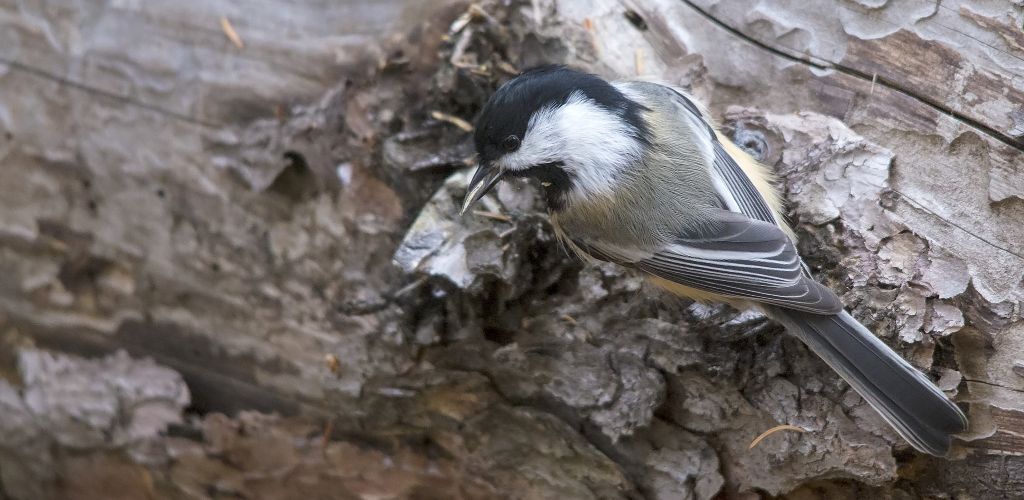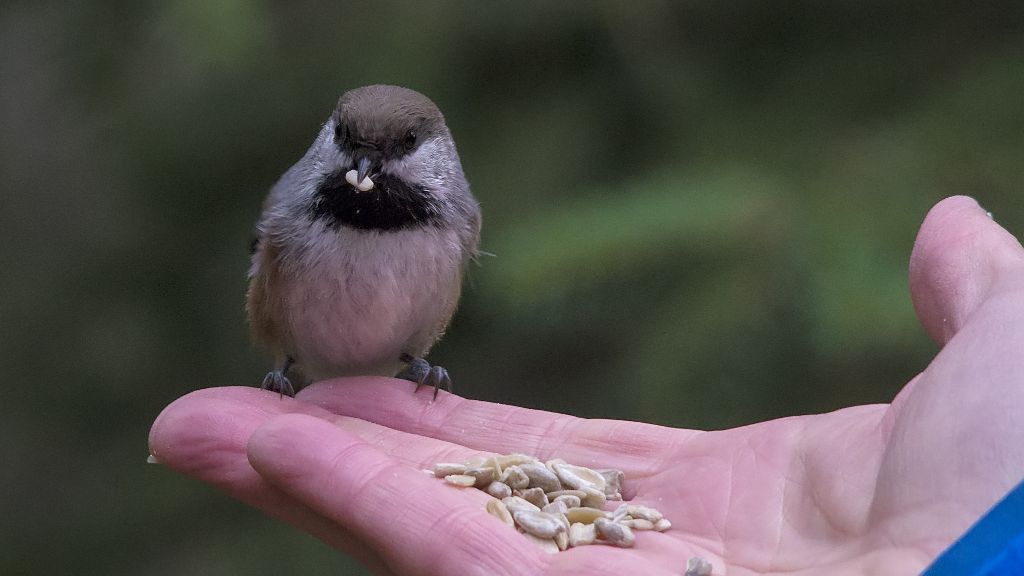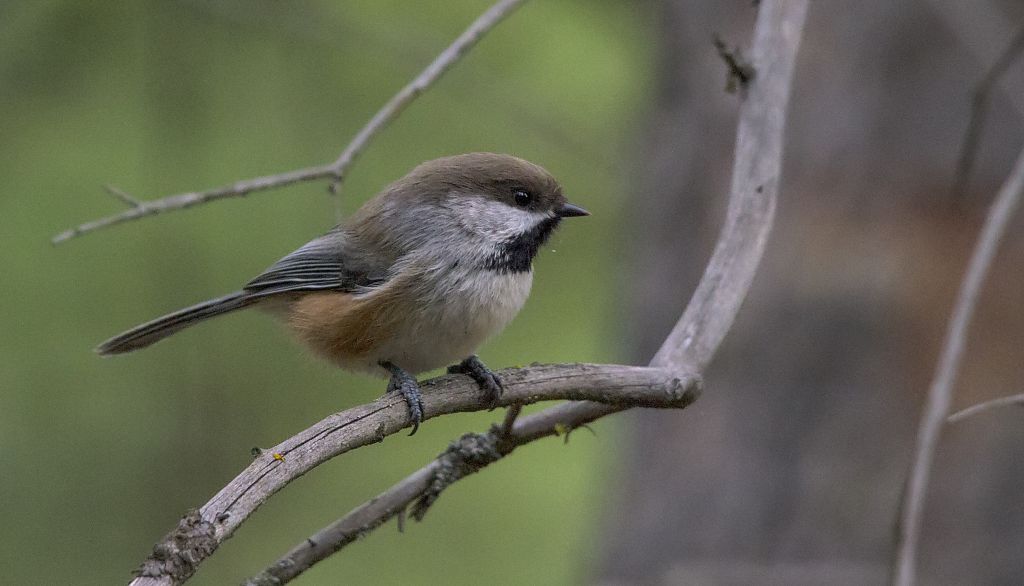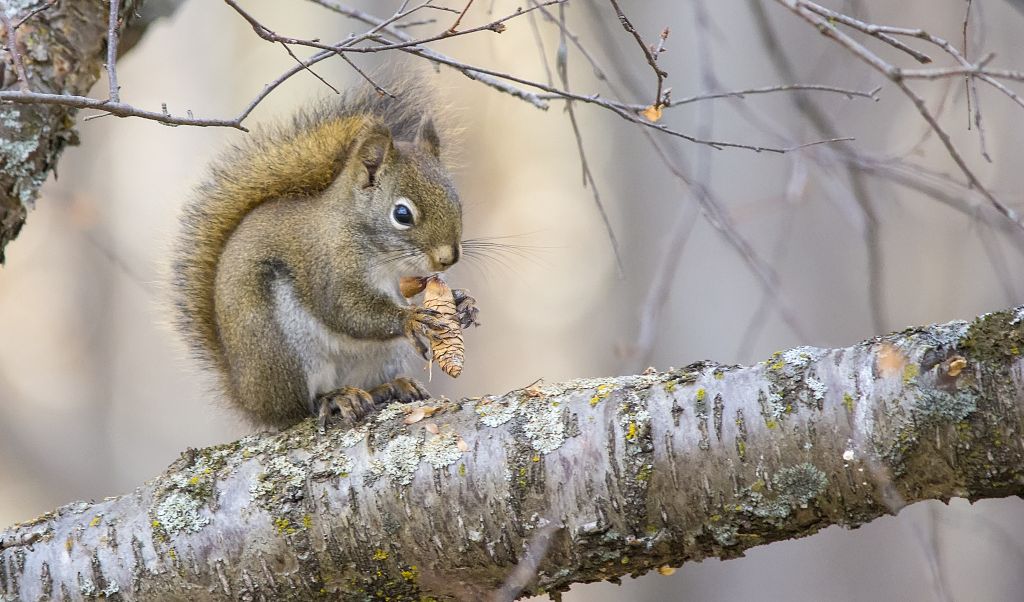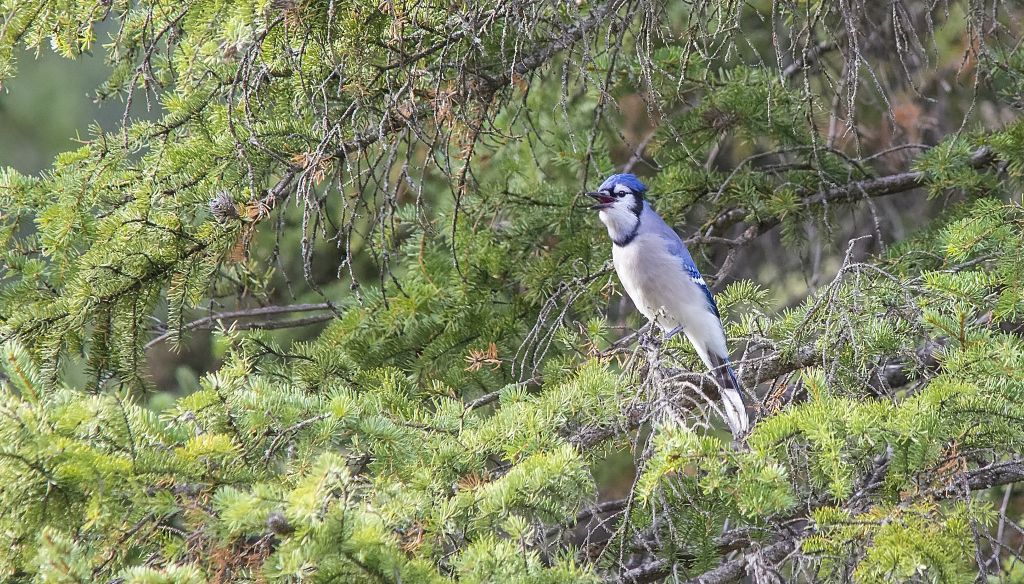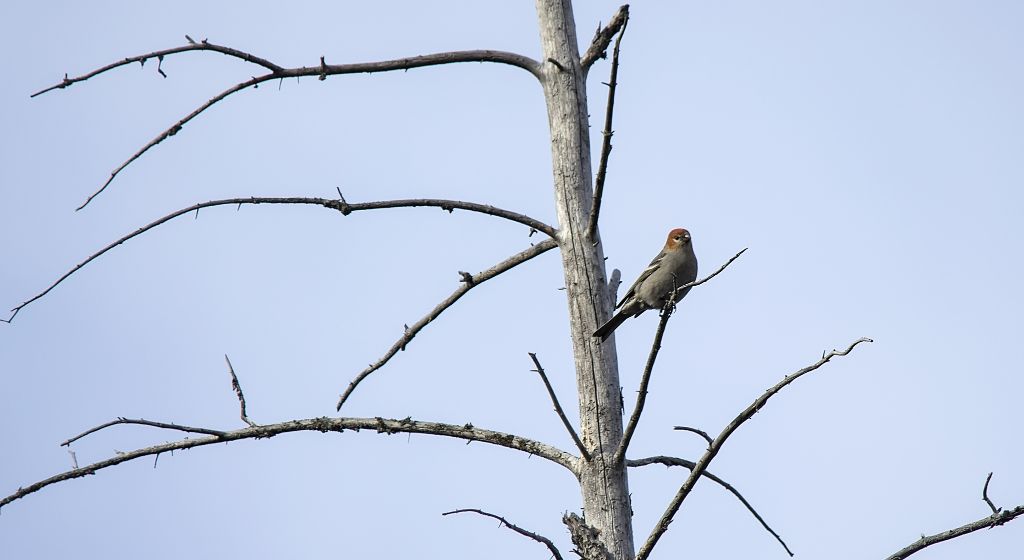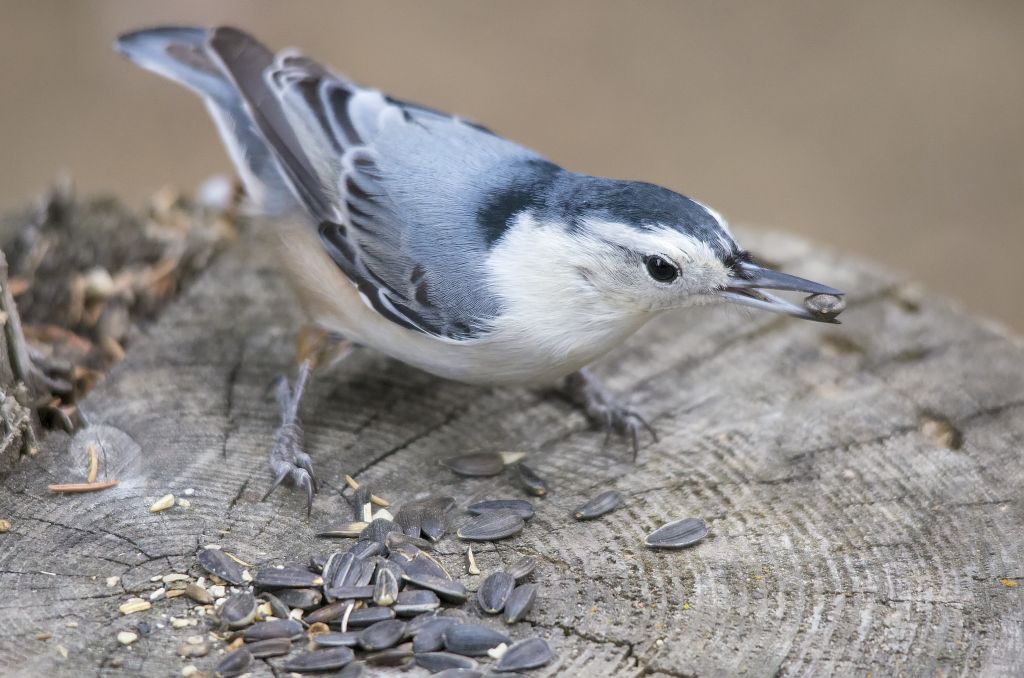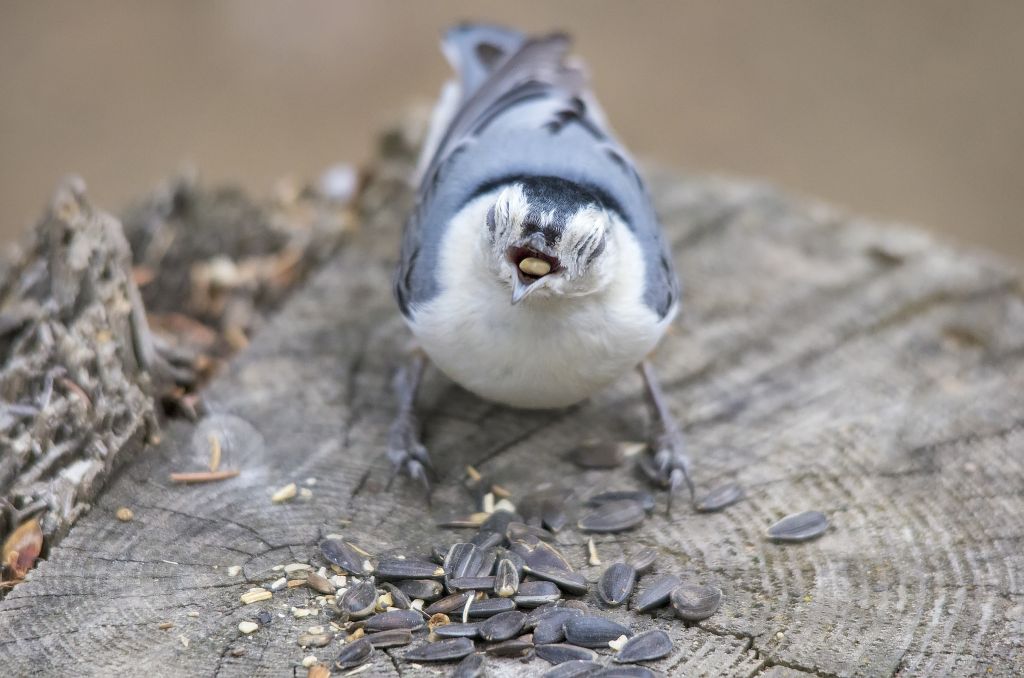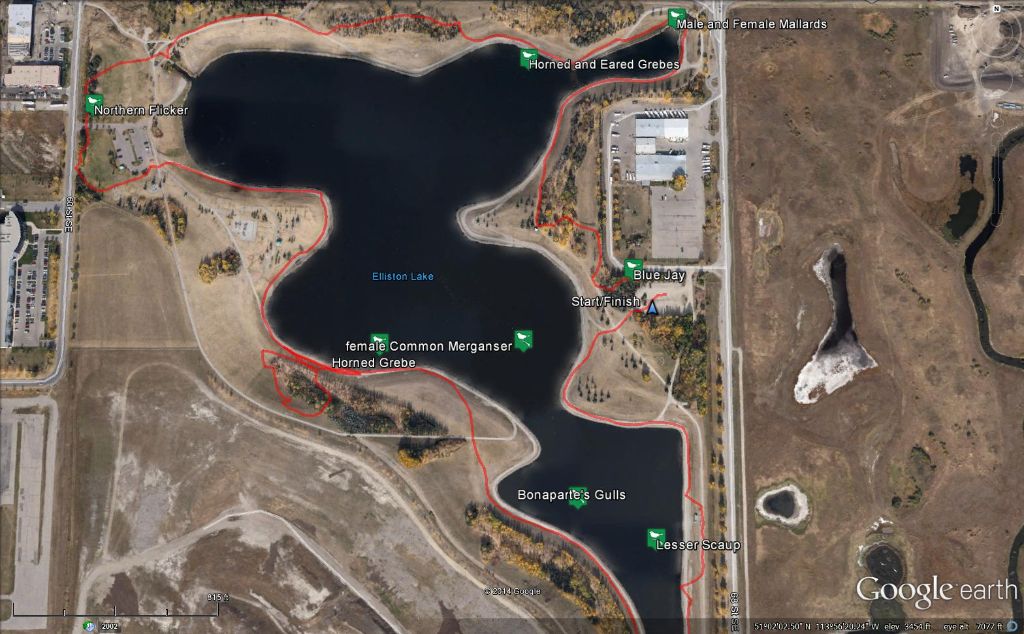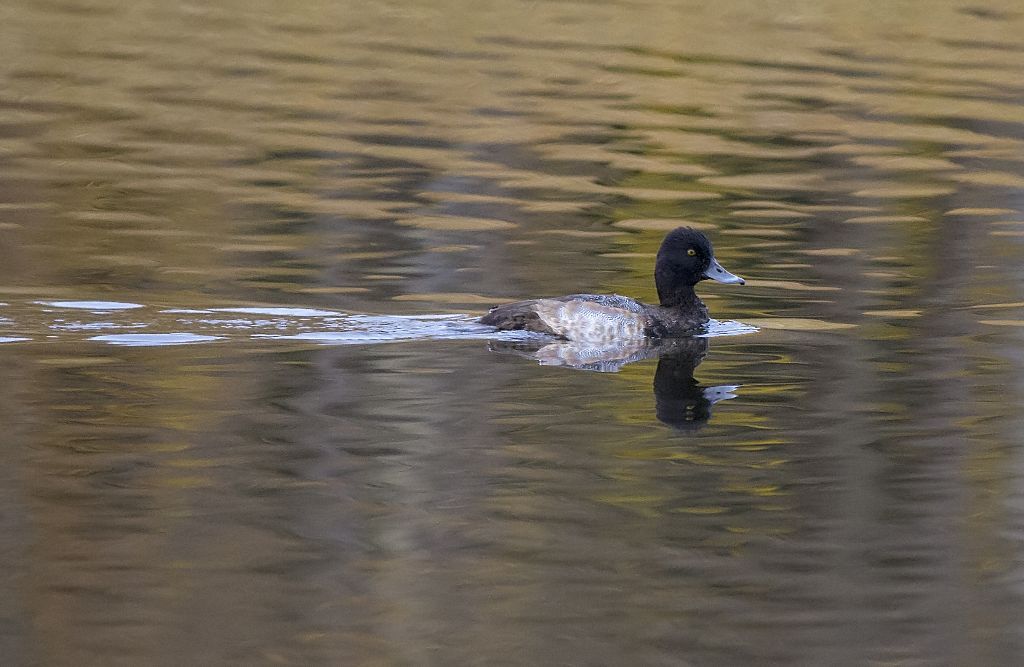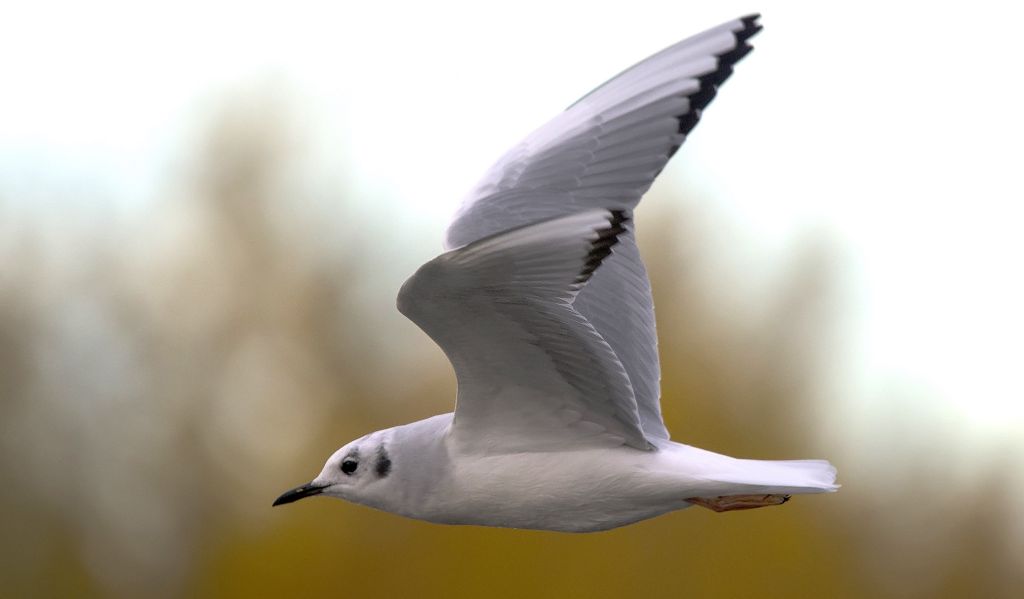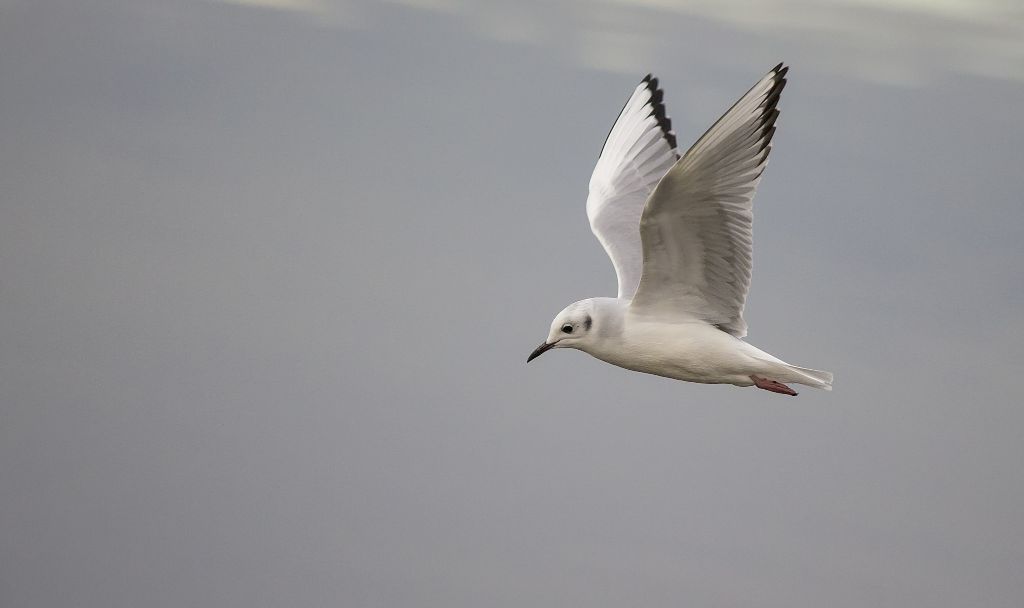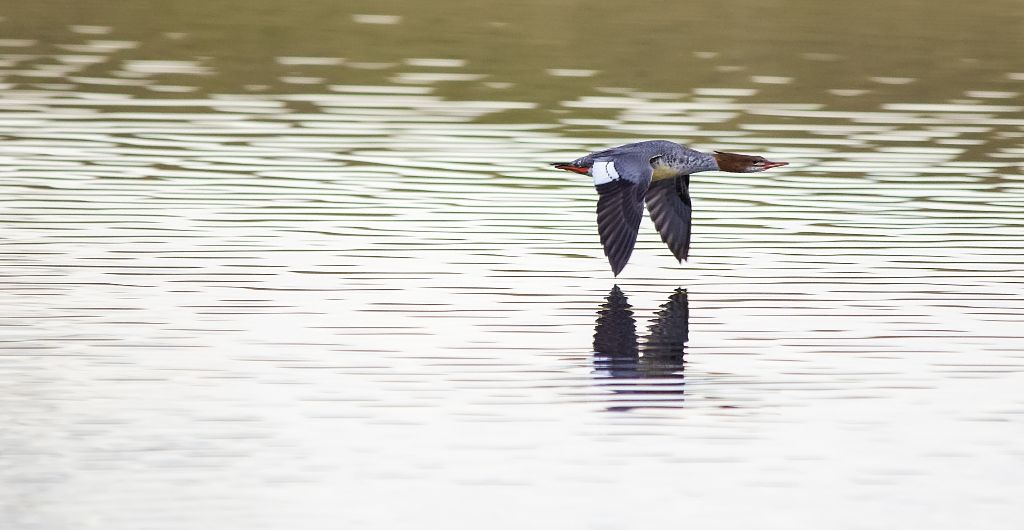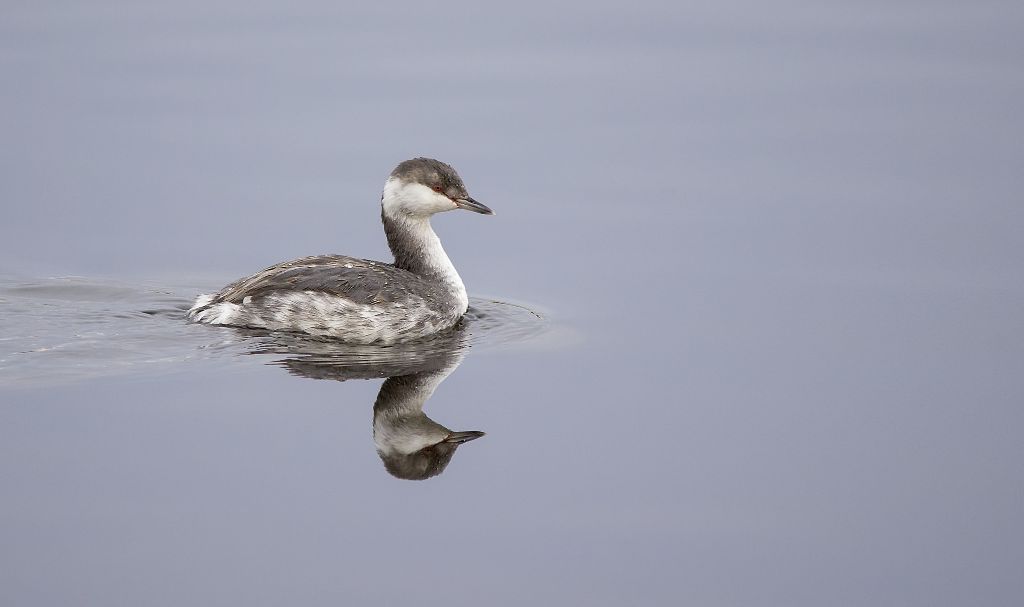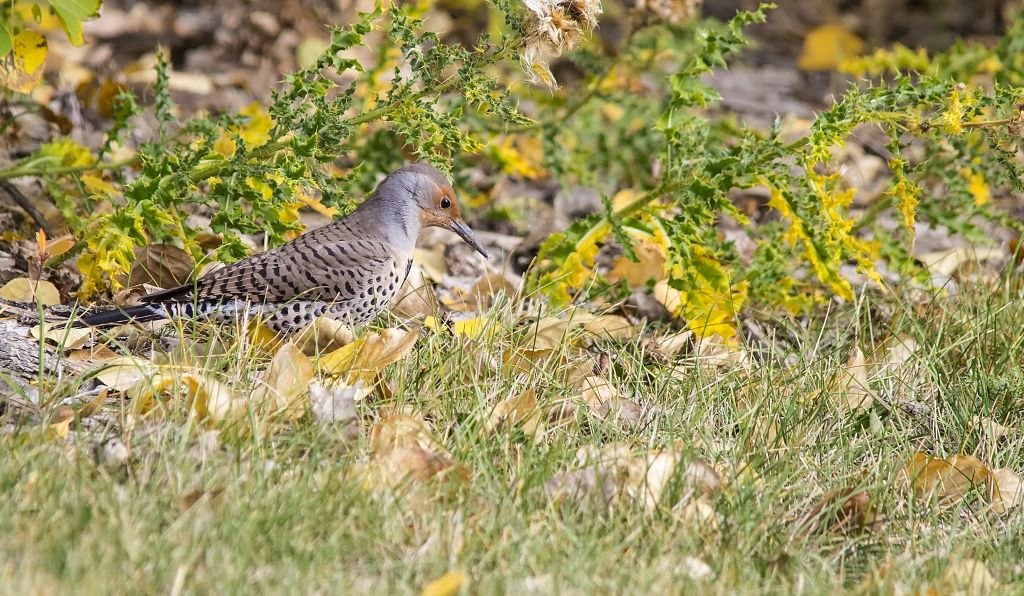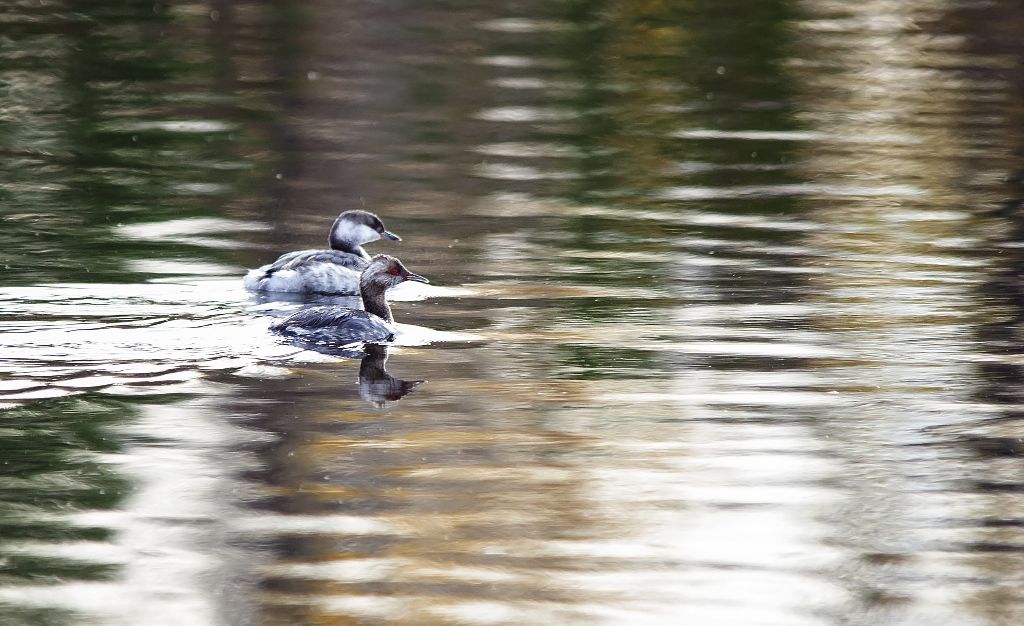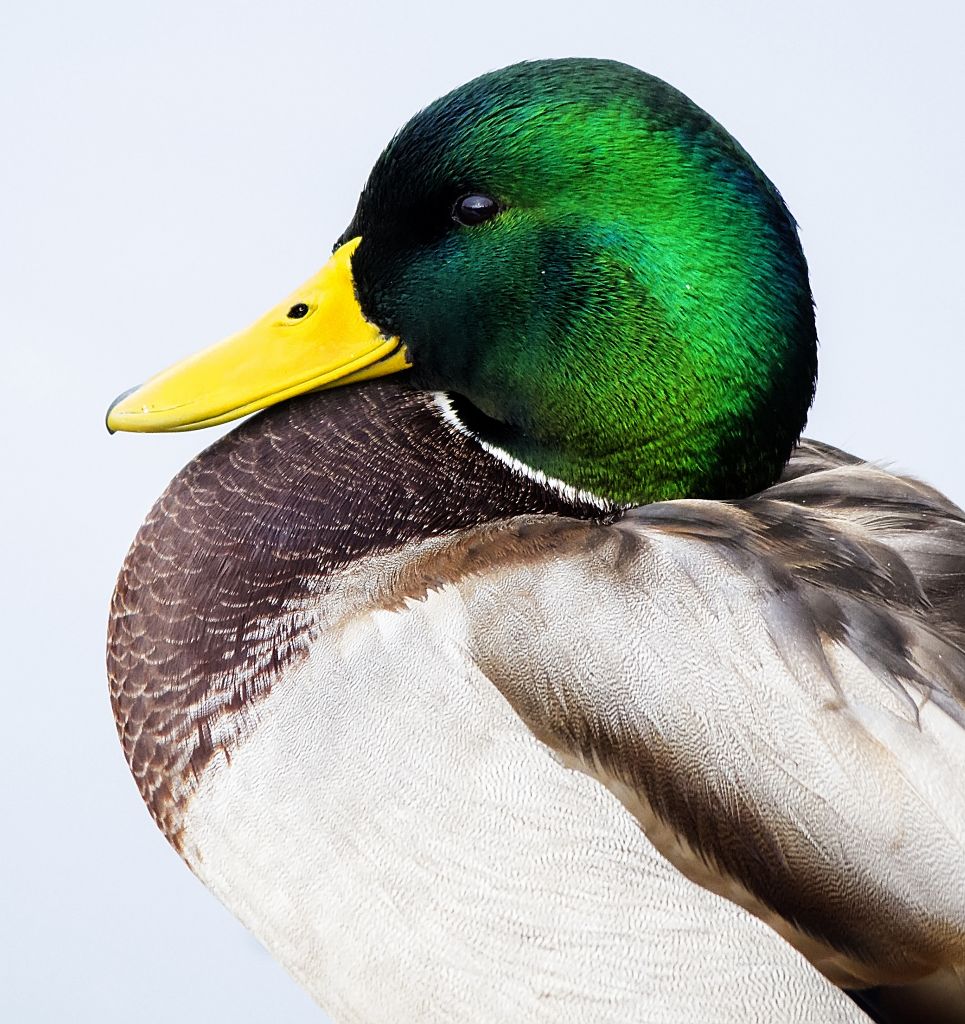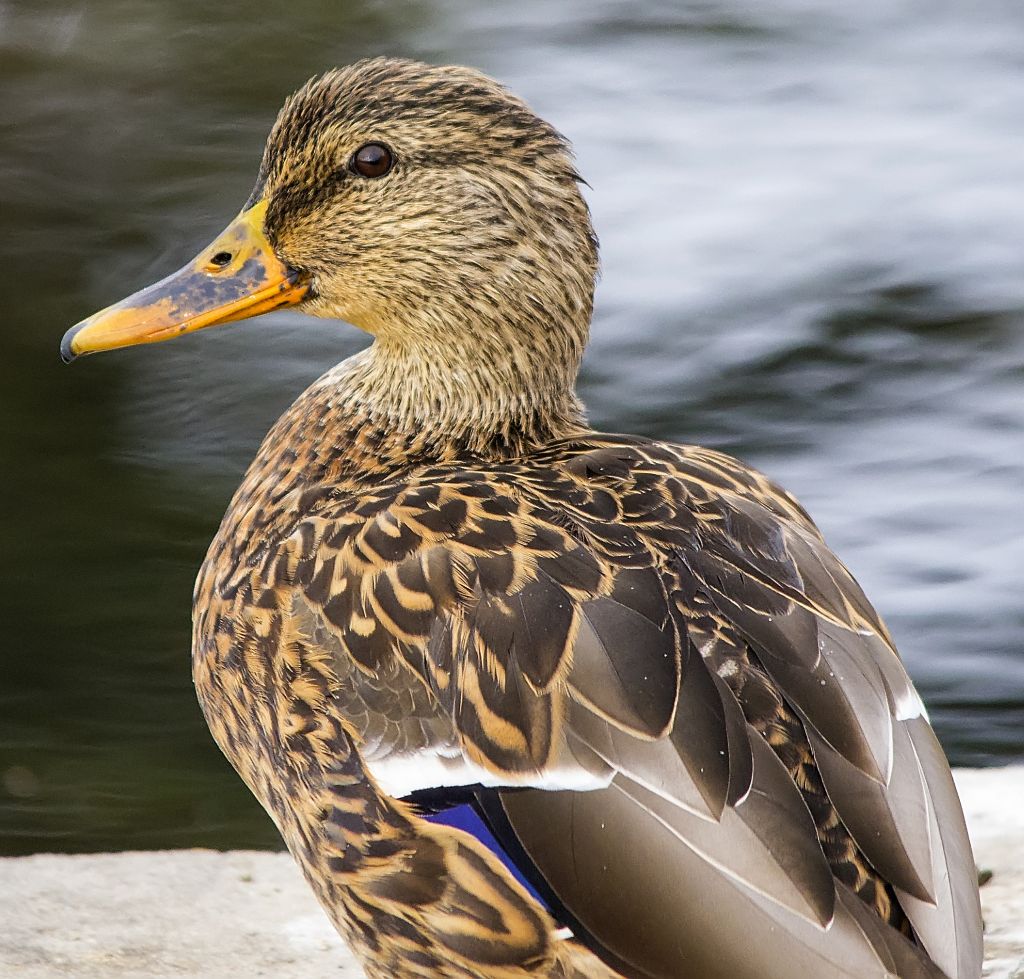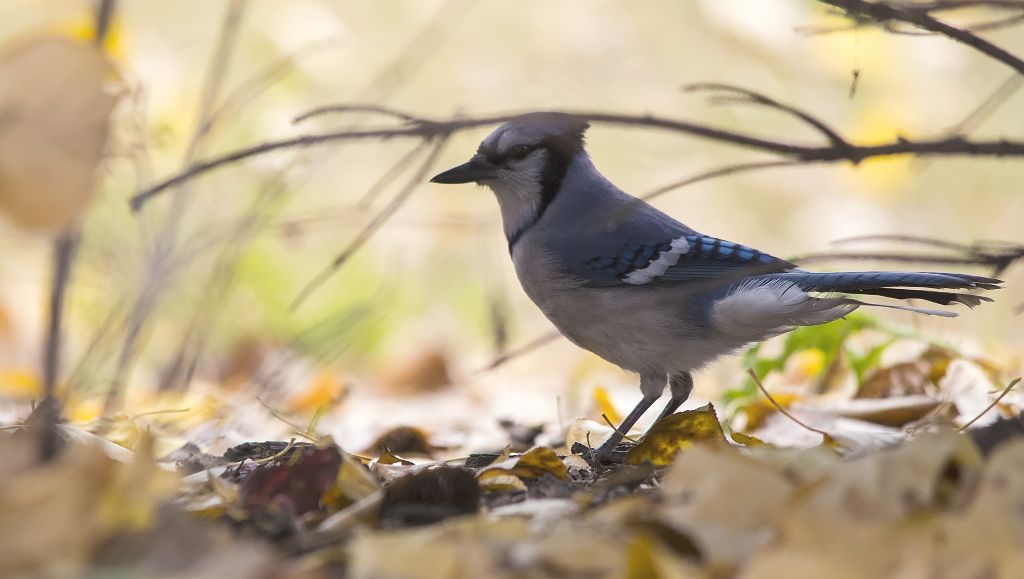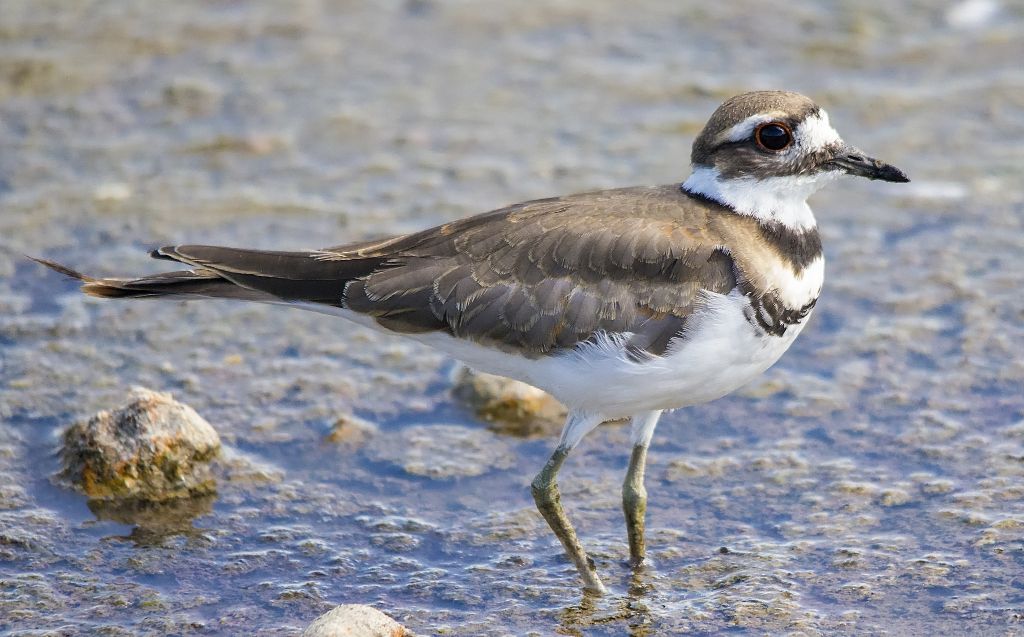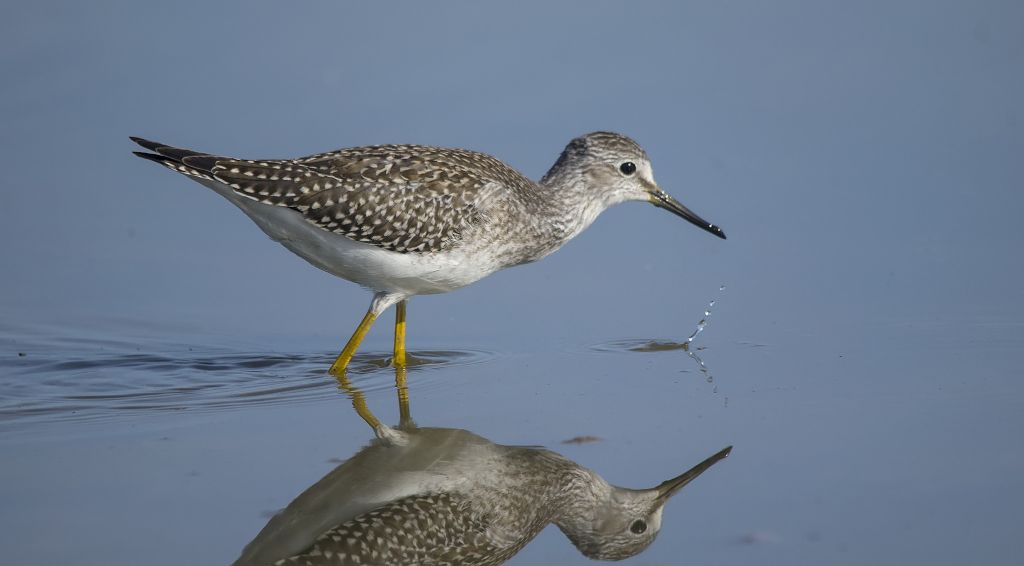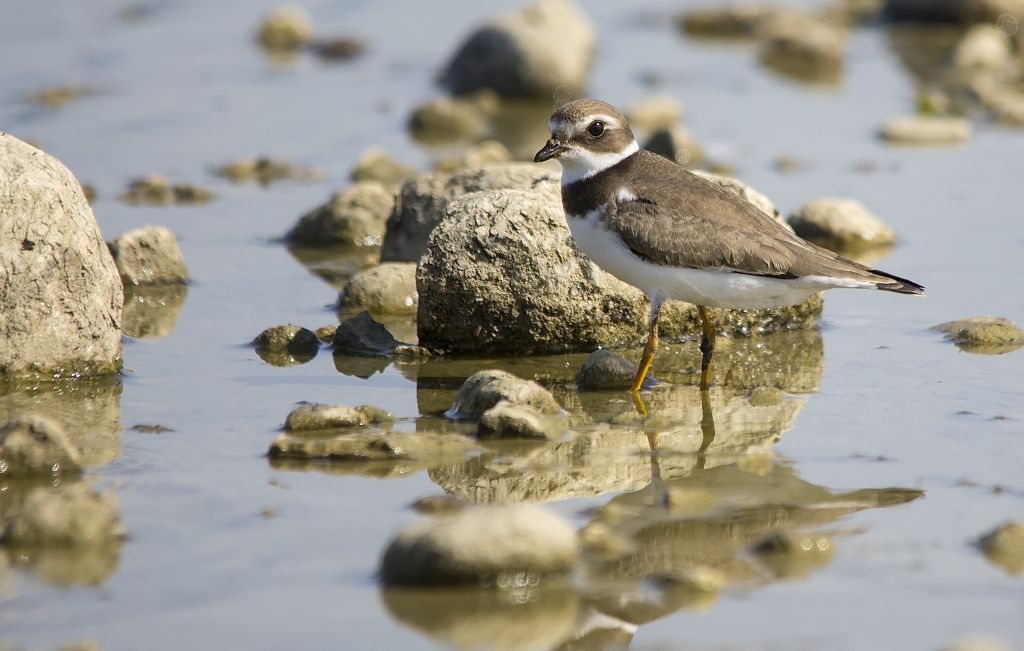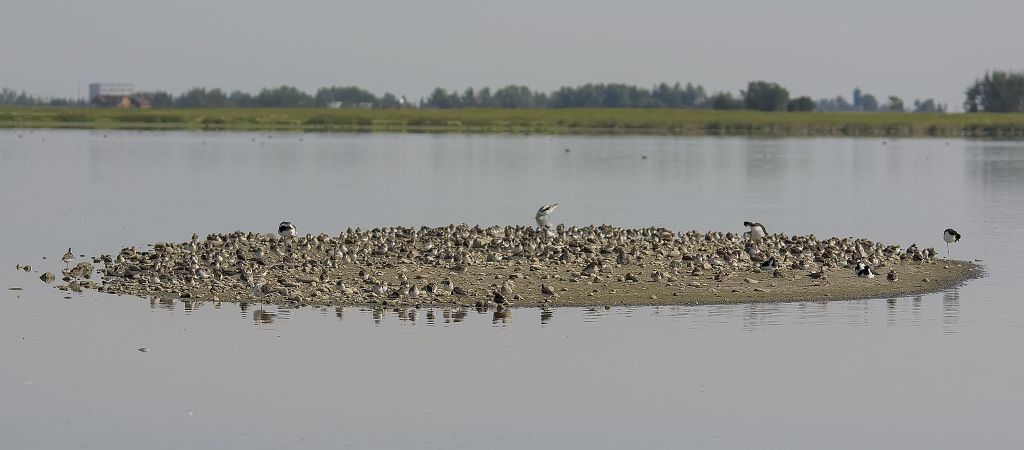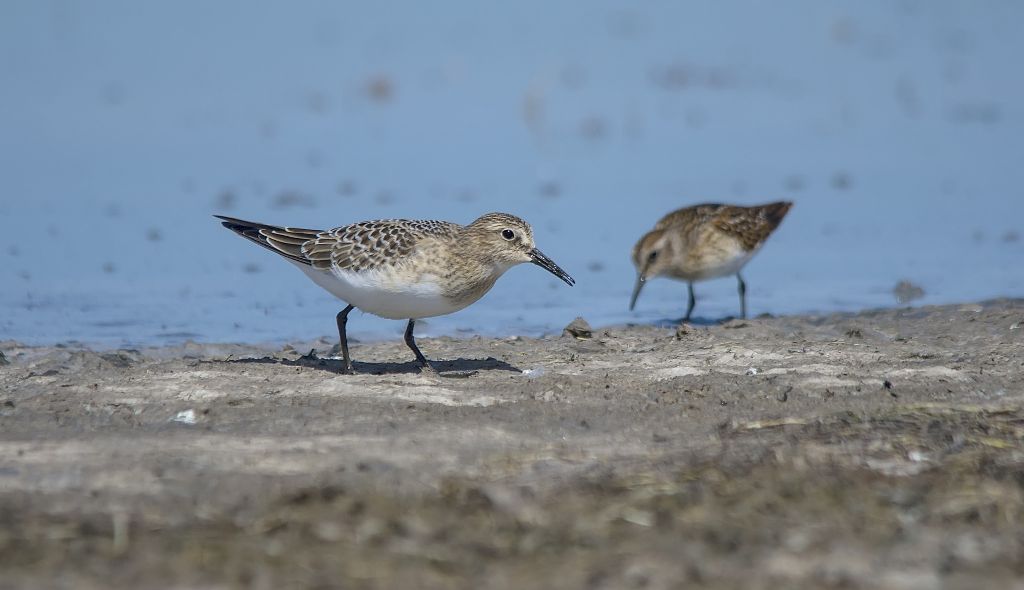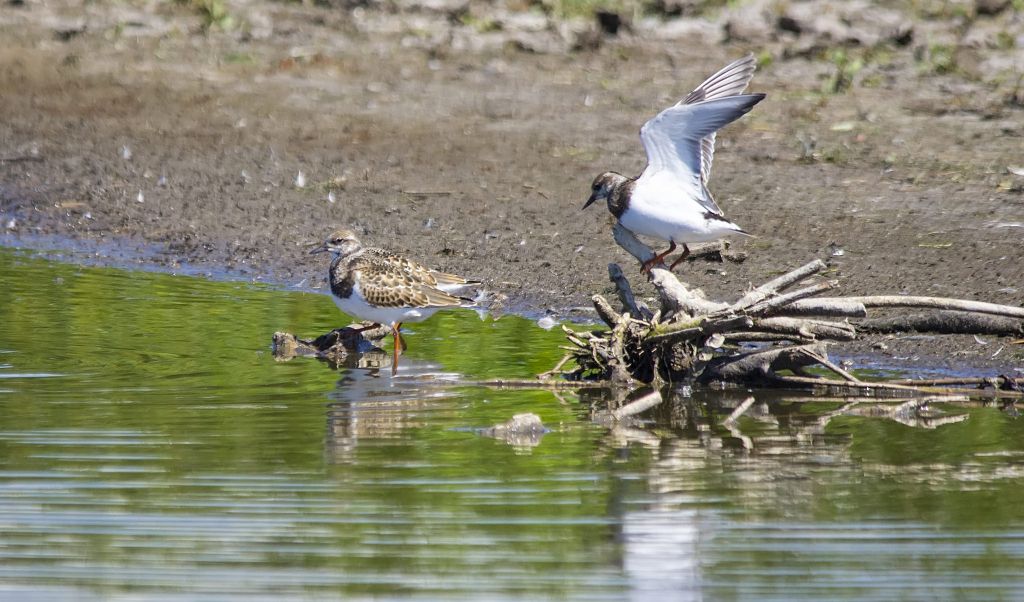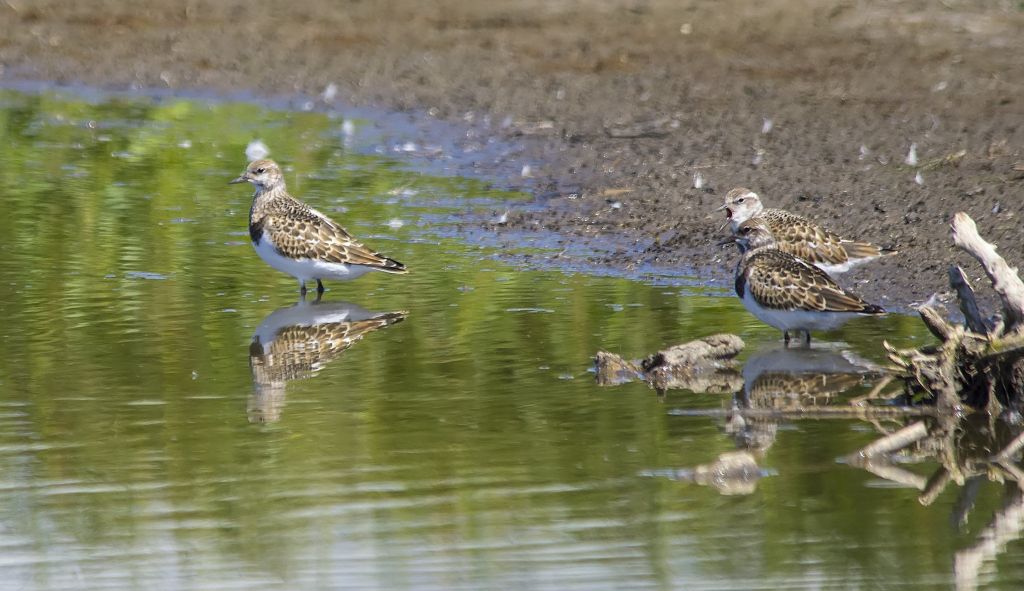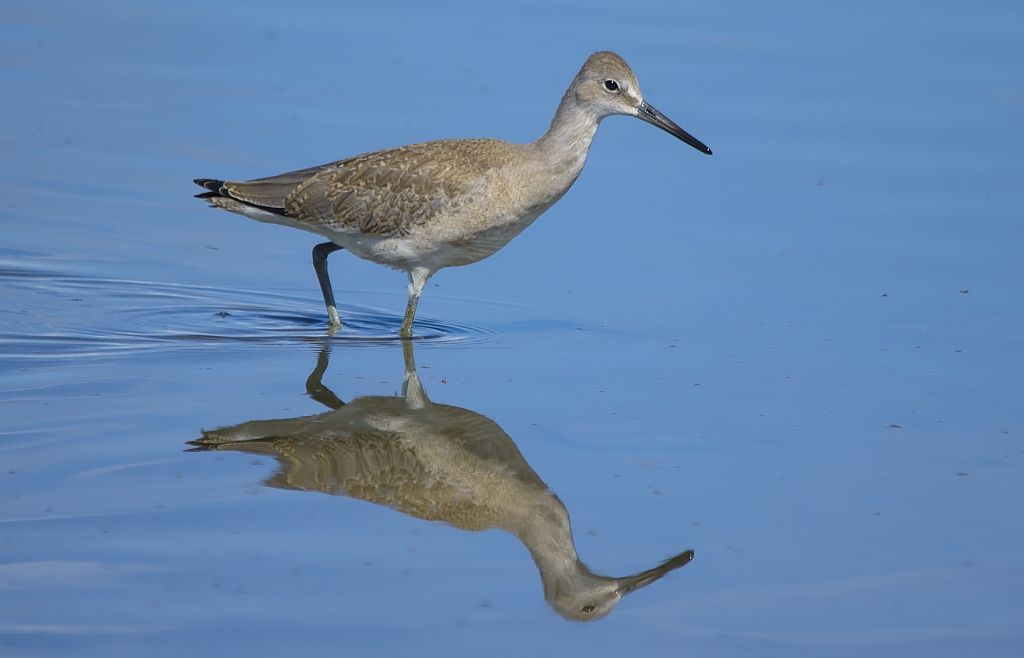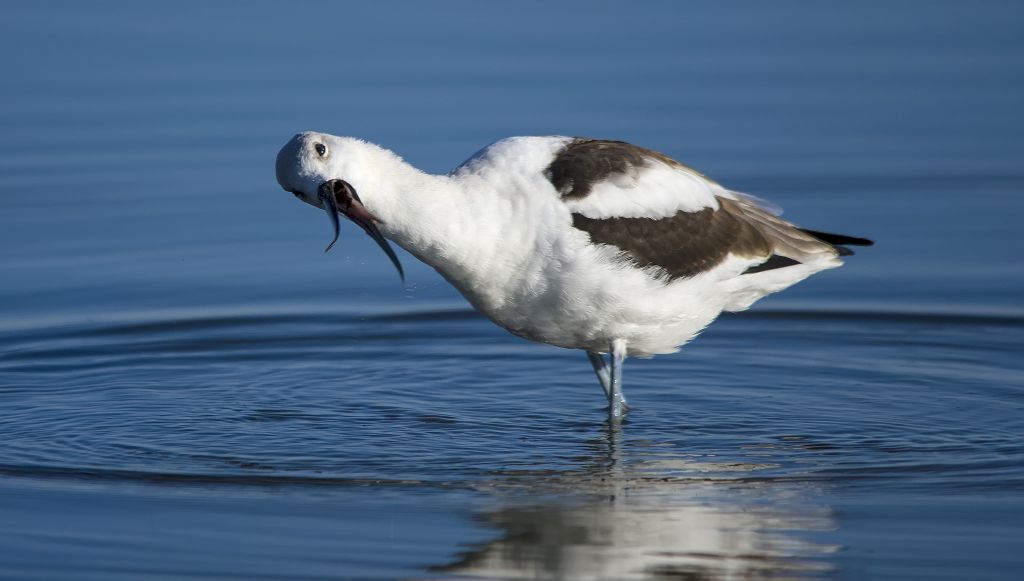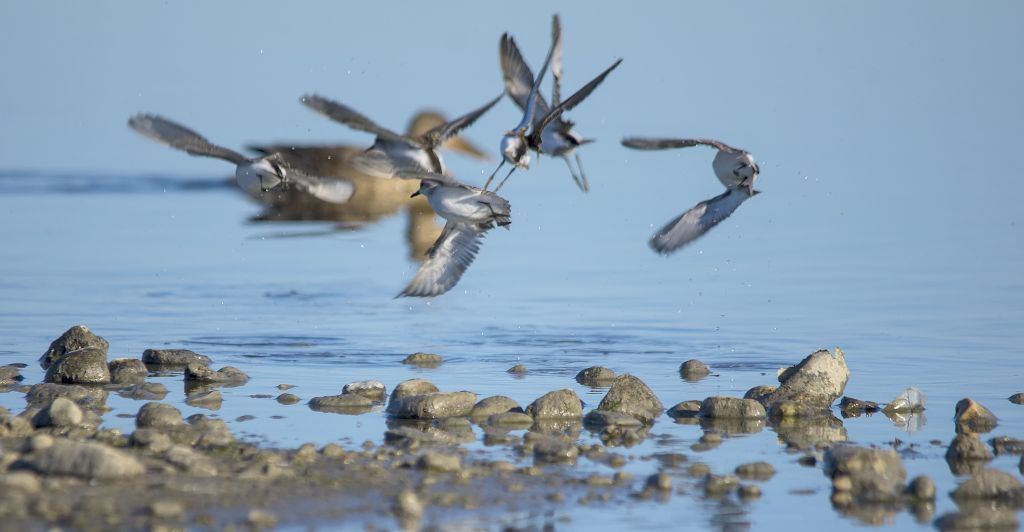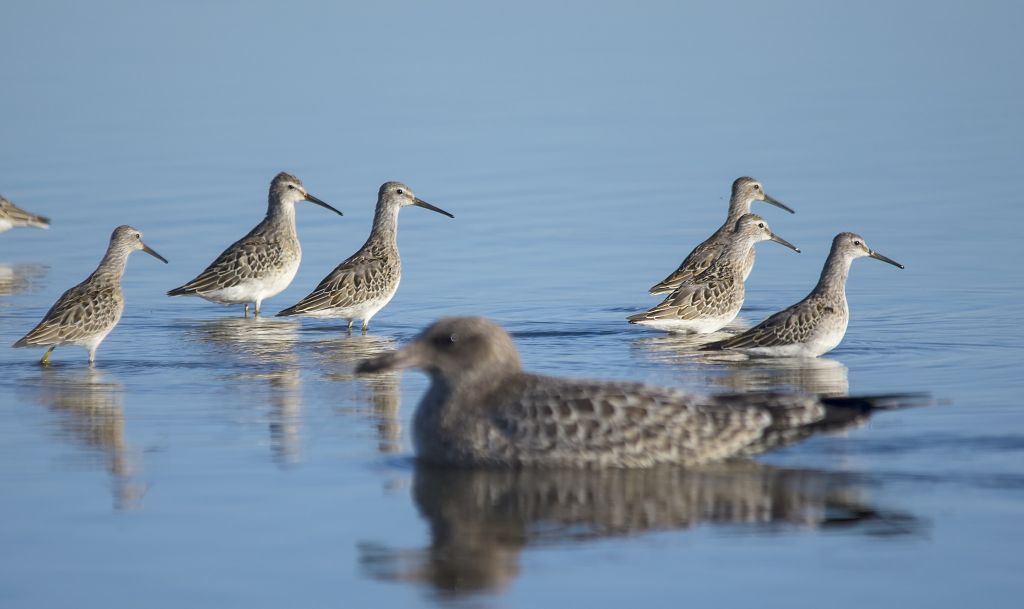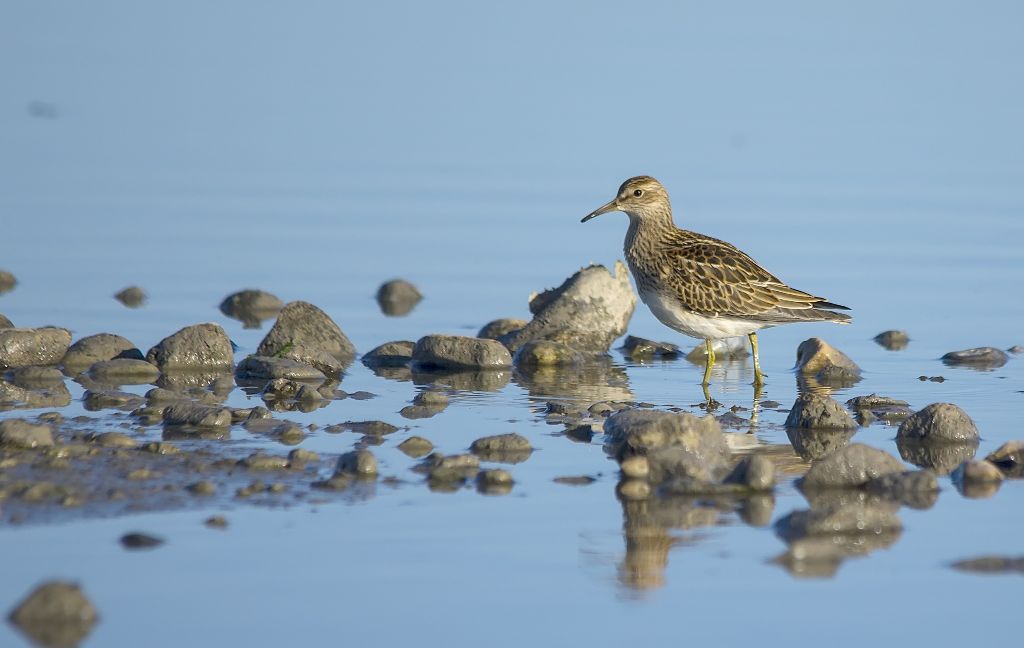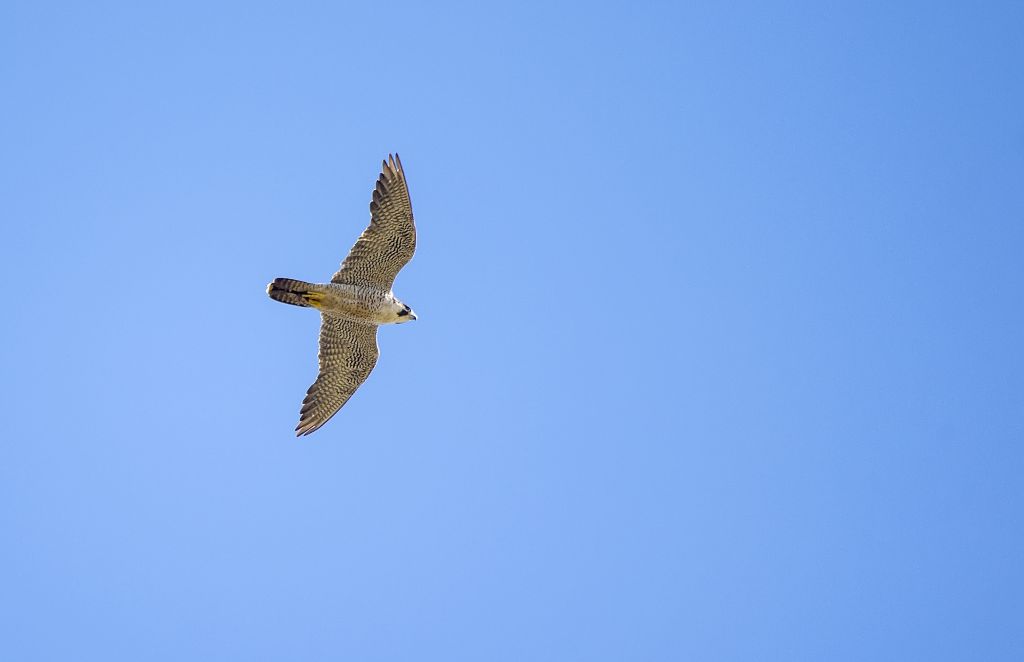Posted by Dan Arndt
Last week’s outing was a visit to the recently drained Irrigation Canal, which runs parallel to the Bow River, and is an absolutely wonderful place to go birding in early October, while the canal is still draining. The weather was amazing, and so I decided that I was going to go out with both the Saturday and Sunday groups, and boy was I happy I did!
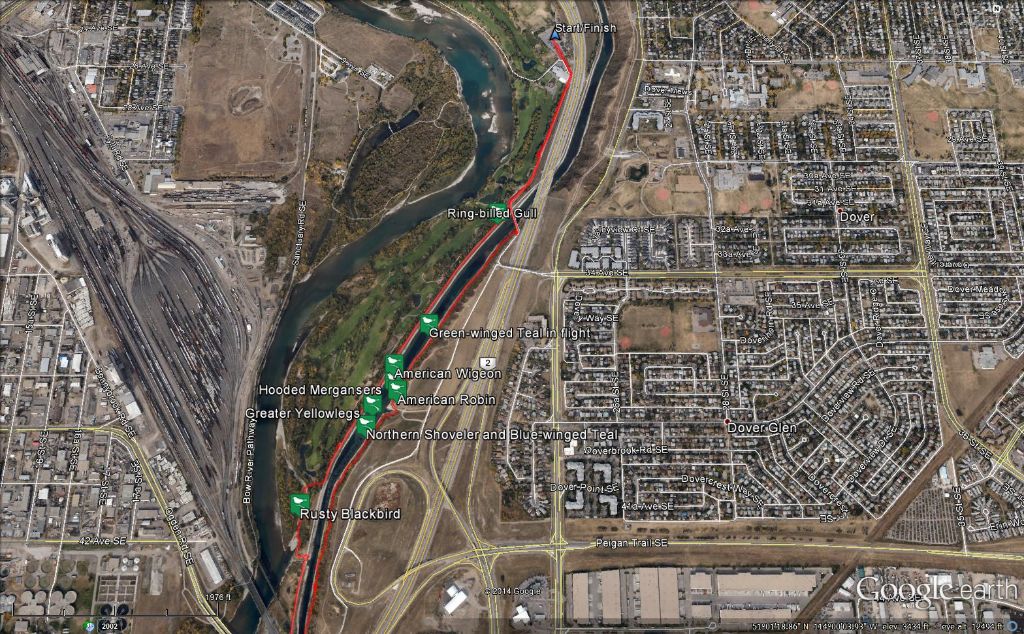
Western Irrigation Canal
October 11-12, 2014
Both days provided excellent light, great photographic opportunities, and a wide variety of birds, most of which were congregating around one of the main drainage outflows. The real highlight though was the interplay of light, fall colours, and beautiful birds up and down the canal on both days!
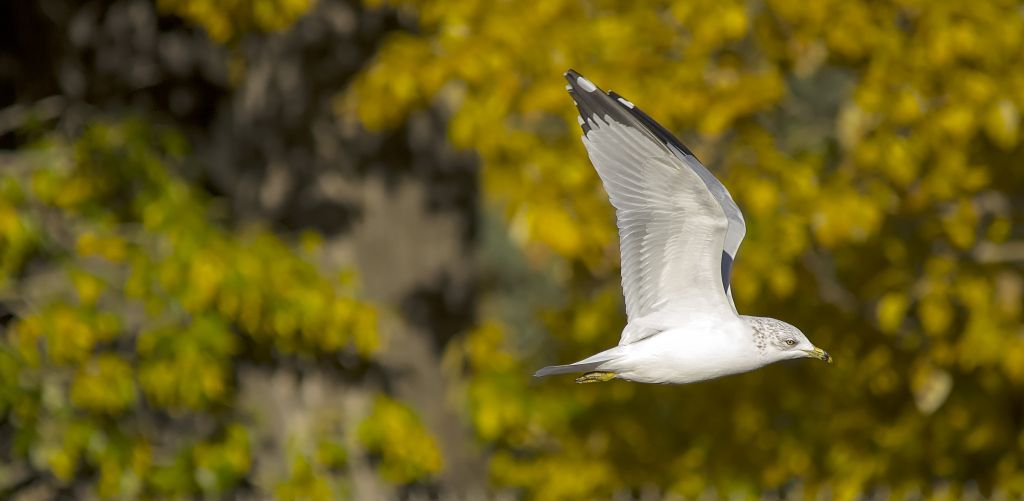
Ring-billed Gull
Pentax K-5 + Sigma 150-500@500mm
1/2000sec., ƒ/6.3, ISO 1000
All it takes is a combination of the right setting, the right speed, and the right background to turn a normally dull and overlooked bird into a great subject in flight. And then sometimes it’s just a Ring-billed Gull.
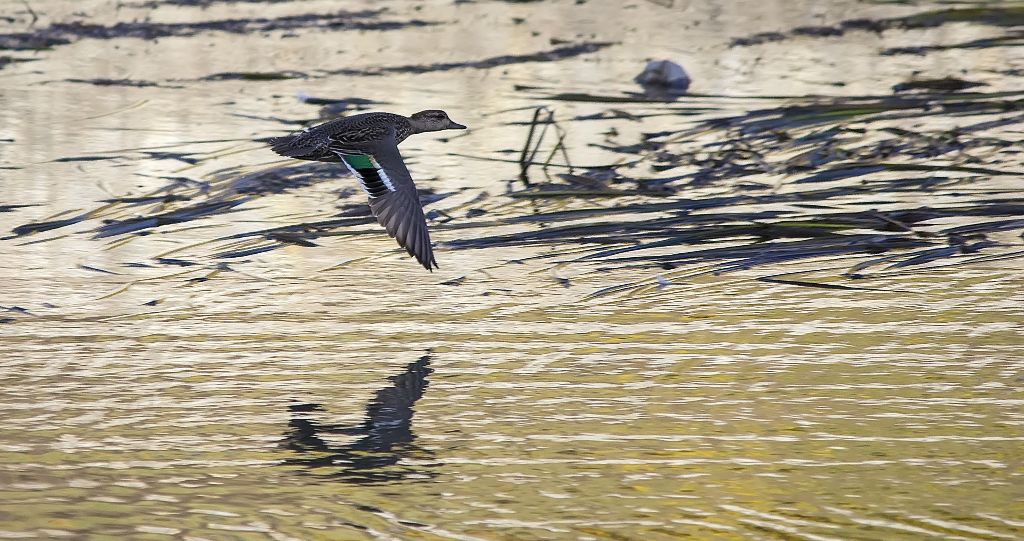
Green-winged Teal in flight
Pentax K-5 + Sigma 150-500@500mm
1/1600sec., ƒ/6.3, ISO 1250
The low, slow moving water tends to attract a number of small pond ducks, and in some cases, some of the stragglers that haven’t fled south for the winter. Green-winged Teals don’t always leave Calgary in the fall, and quite often there are a pair or two in warm isolated backwaters somewhere around the city, but they’re always great to see in flight with their bright green speculum and erratic and hard to track flight patterns.
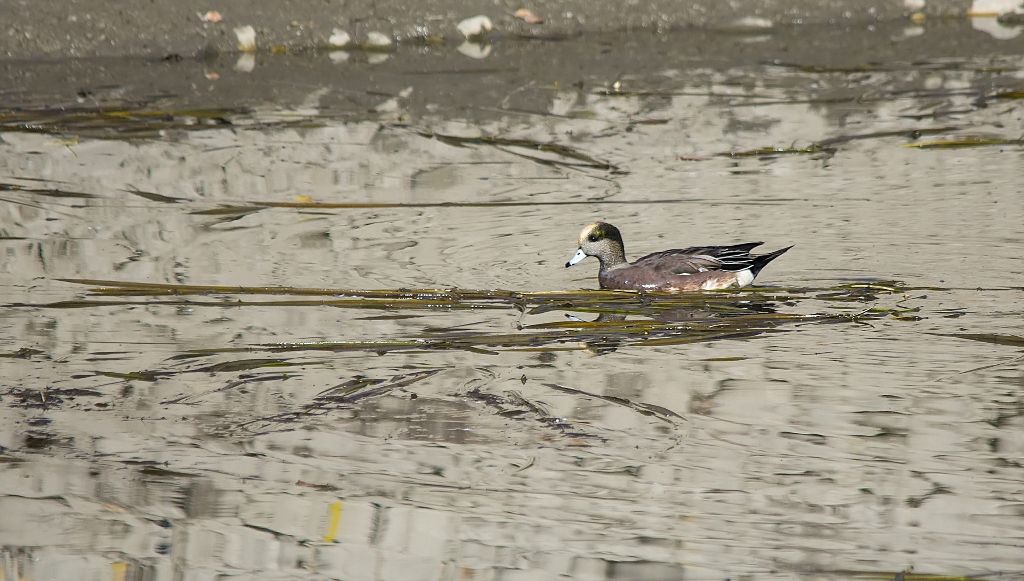
American Wigeon
Pentax K-5 + Sigma 150-500@500mm
1/1000sec., ƒ/6.3, ISO 250
We also managed some good looks at a lone male American Wigeon on our Sunday walk, finally coming back into the green and white head patterning of his breeding plumage.
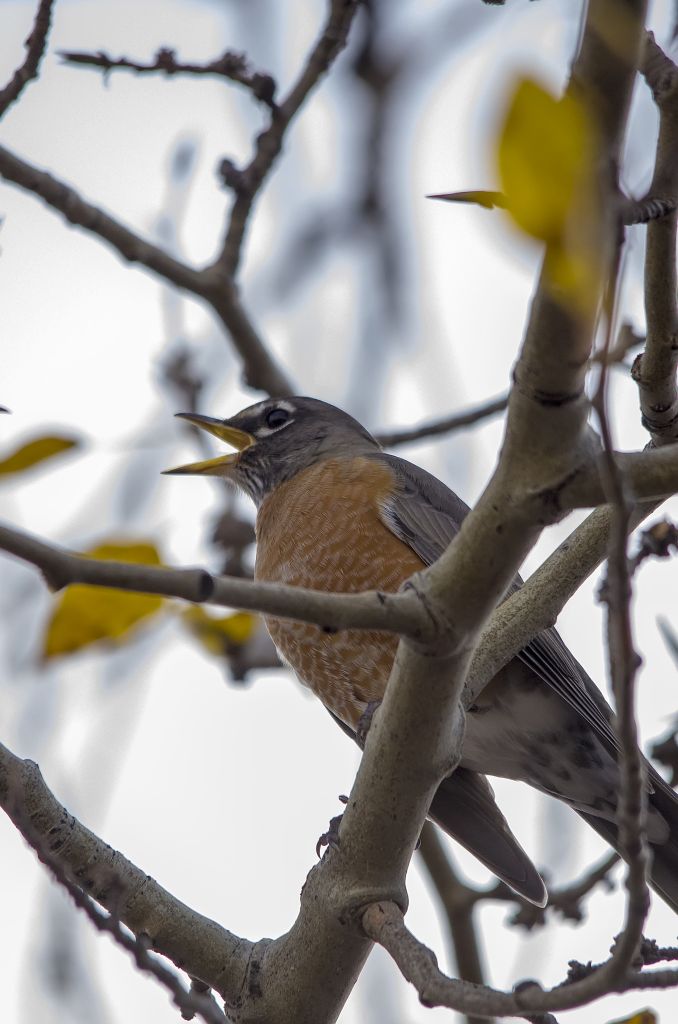
American Robin
Pentax K-5 + Sigma 150-500@500mm
1/800sec., ƒ/6.3, ISO 2000
All along the sides of the canal are dozens of mountain ash trees, and everywhere we walked we could hear American Robins rustling in the bushes, on the ground, and amongst the foliage searching for berries to fatten up before many of them also fly south for the winter.
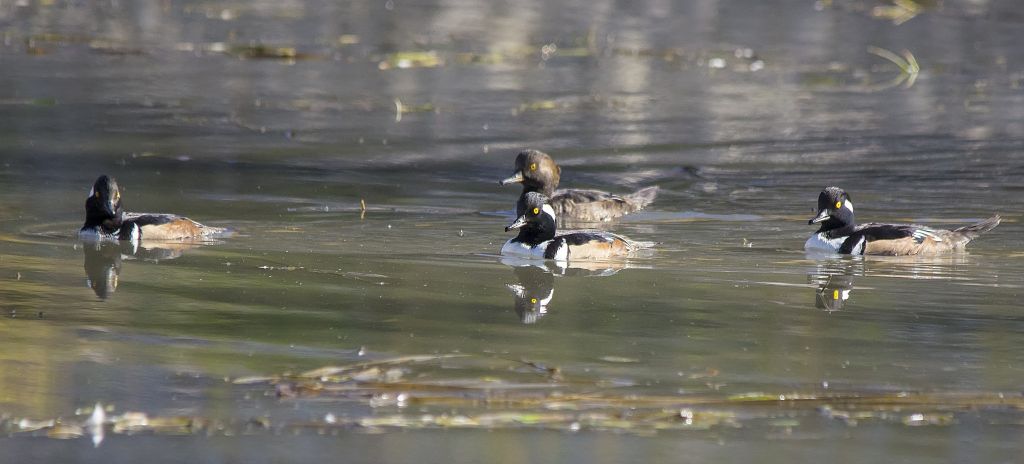
Hooded Mergansers
Pentax K-5 + Sigma 150-500@500mm
1/2000sec., ƒ/6.3, ISO 1600
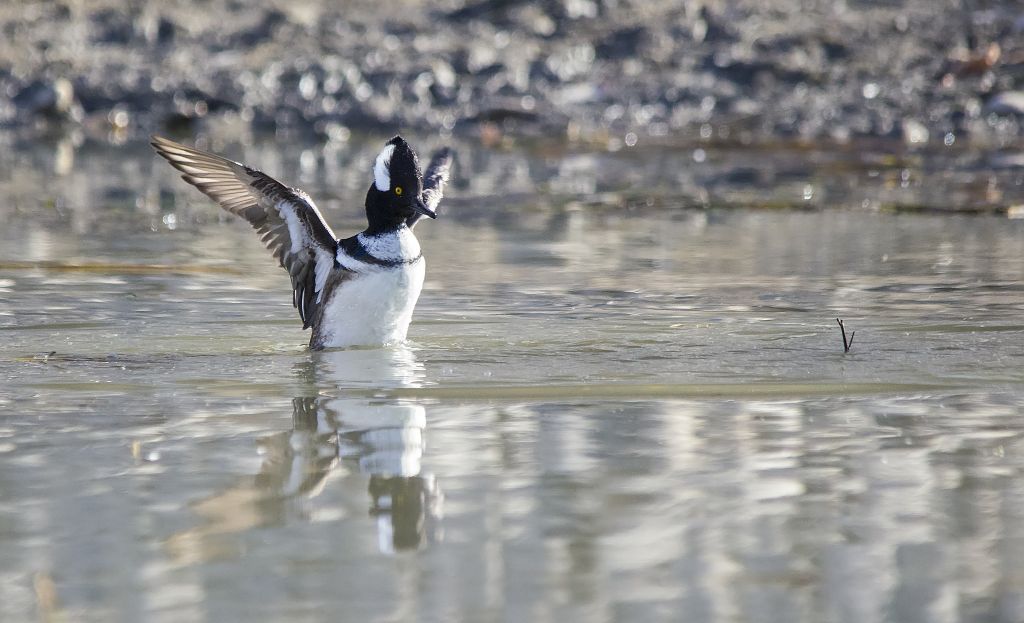
male Hooded Merganser
Pentax K-5 + Sigma 150-500@500mm
1/2000sec., ƒ/6.3, ISO 3200
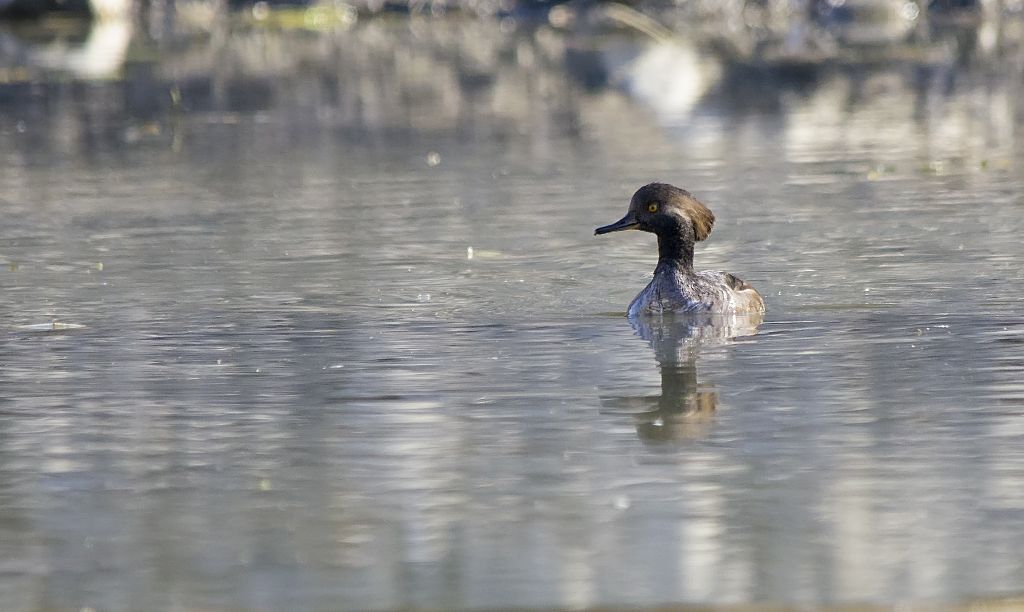
female Hooded Merganser
Pentax K-5 + Sigma 150-500@500mm
1/2000sec., ƒ/6.3, ISO 2500
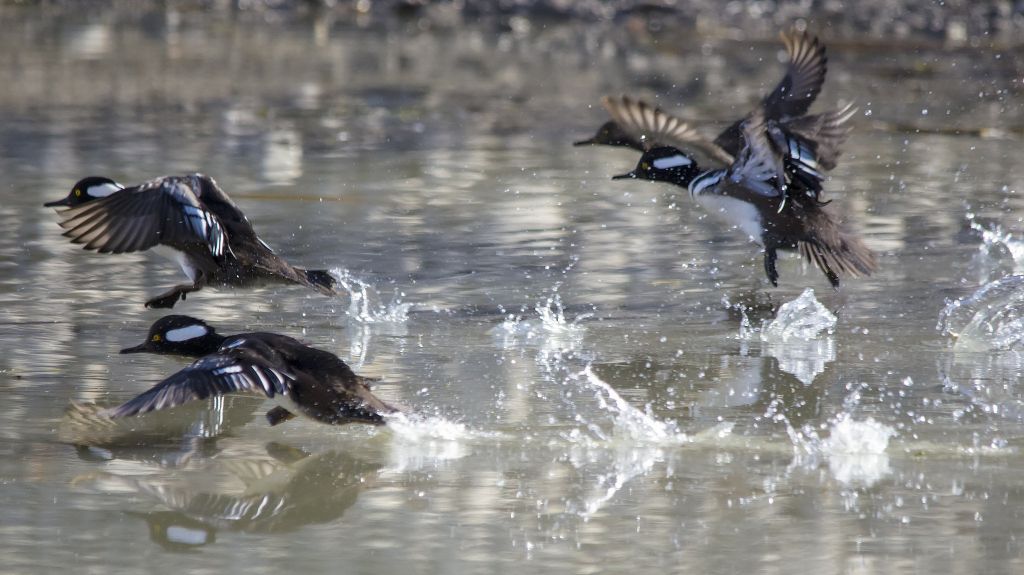
Hooded Mergansers taking off
Pentax K-5 + Sigma 150-500@500mm
1/2000sec., ƒ/6.3, ISO 2000
One of the best birds of the trip was this group of Hooded Mergansers, loafing about in the shallow water and maintaining a healthy distance from our group. Three males and one female had been seen most of the week, but by Sunday, the female had disappeared. Perhaps one of the many we saw at Elliston Park on the 19th?
I had taken a few minutes to let the group get ahead of me, and get myself down closer to the water to take the photos above, when an off-leash dog decided it was time to run into the water and chase the ducks! At least I was able to get a photo of these beautiful mergansers in flight as they took off in a flash!
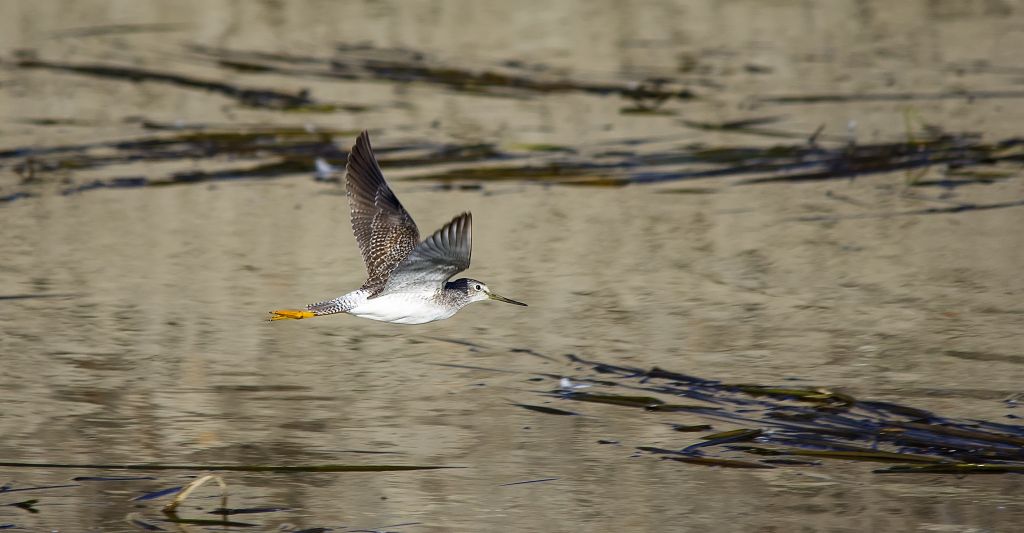
Greater Yellowlegs in flight
Pentax K-5 + Sigma 150-500@500mm
1/2000sec., ƒ/6.3, ISO 800
Another of the highly abundant birds along the irrigation canal each autumn are the Greater Yellowlegs. Both Saturday and Sunday we counted more than 30 of these large shorebirds up and down the canal, most of them quite calm, but a few high-strung individuals would fly in and sound the alarm every once in a while, flushing a dozen or so at a time wherever they decided was just a little bit safer than where they just took off from.
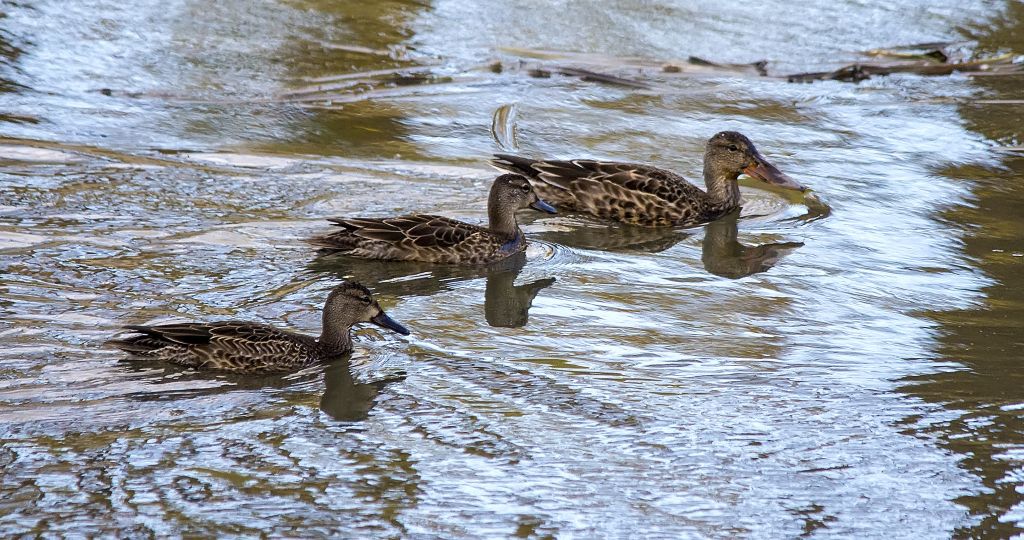
Northern Shoveler and Blue-winged Teal
Pentax K-5 + Sigma 150-500@500mm
1/800sec., ƒ/6.3, ISO 1250
This trio was an odd grouping. Two female Blue-winged Teal and a female Northern Shoveler were dabbling in the shallow water and offering us quite close looks at them without a care in the world.
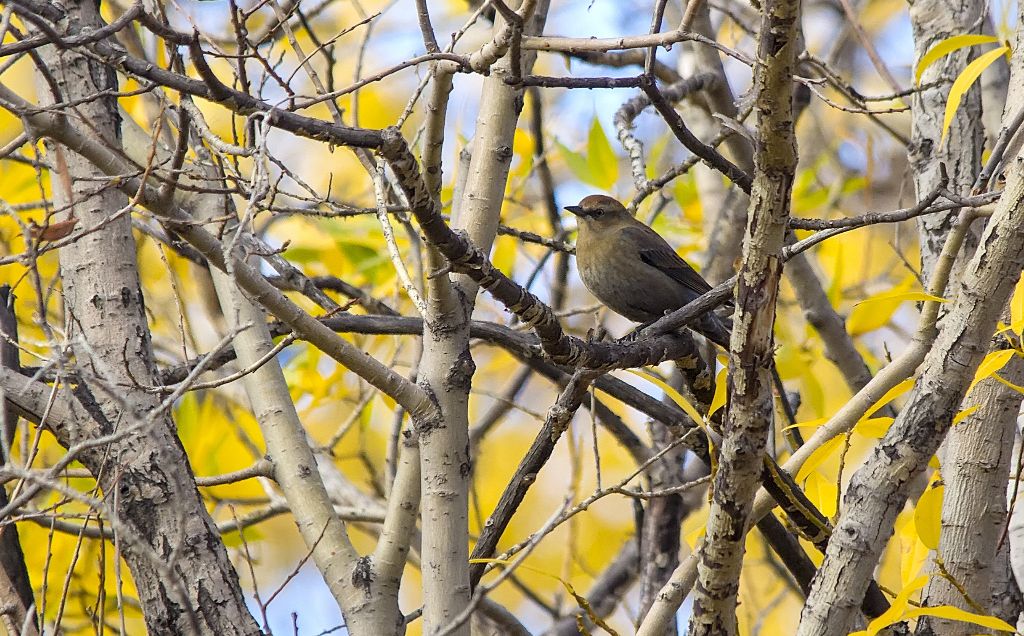
Rusty Blackbird
Pentax K-5 + Sigma 150-500@500mm
1/1000sec., ƒ/6.3, ISO 1600
Arguably the best bird of the Sunday walk was this female Rusty Blackbird, who only stuck around for a few short minutes while we watched. She quickly tired of us and our intrusion though, and flew downstream and out of sight. These birds are highly threatened, having lost 99% of their numbers in the last 30 years, and it’s rather unclear what the reasons are behind this decline. As such, it’s always a great treat to see them on their migration, or even up in their breeding habitat in the boreal forest.
That’s it for this week! Have a great one, and good birding!

